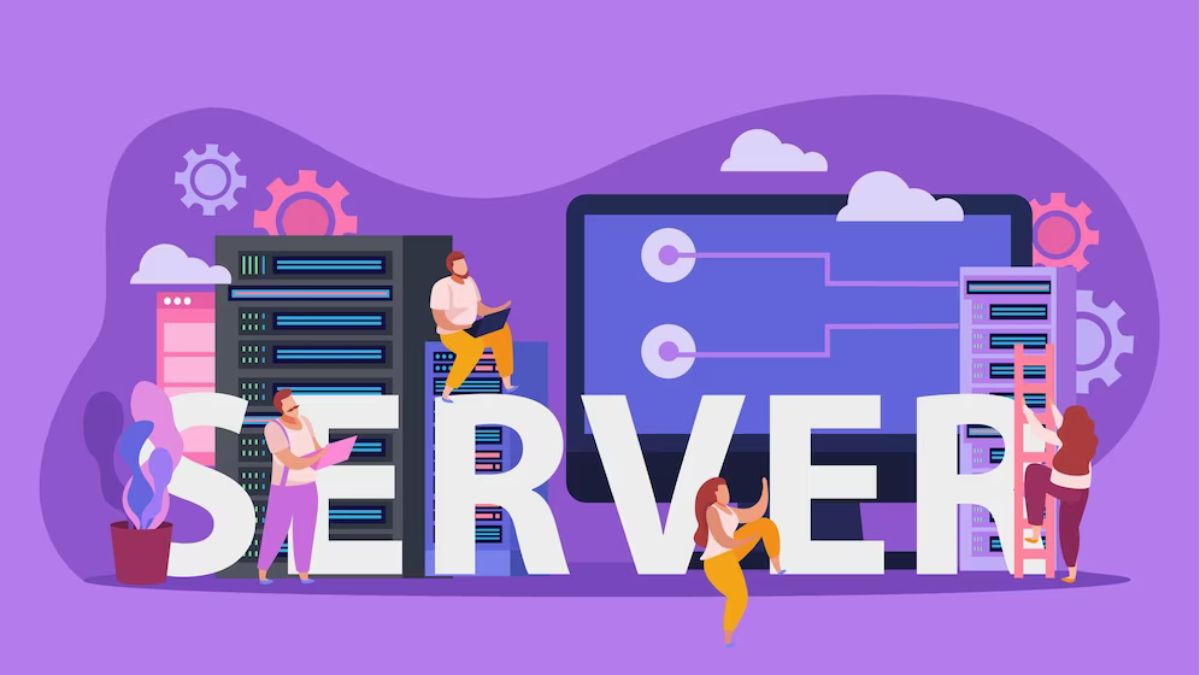In today’s fast-paced tech landscape, serverless development has emerged as a revolutionary paradigm for deploying applications. It offers unparalleled scalability, cost-efficiency, and reduced operational overhead. When it comes to developing serverless applications, Framework has become a go-to choice for many developers. In this article, we will delve into the world of serverless development with the Framework, exploring how this combination can enhance your application deployment process.
What is Serverless Development?
Serverless development is a cloud computing model that allows developers to build and run applications without worrying about the underlying infrastructure. In a serverless architecture, cloud providers handle server provisioning, scaling, and maintenance, enabling developers to focus solely on code development. This approach revolutionizes the way applications are built and deployed.
Advantages of Serverless Development
Before we dive into how Framework complements serverless development, let’s briefly examine the key advantages of this approach:
Scalability: Serverless platforms automatically scale your application based on demand, ensuring optimal resource utilization and cost savings.
Cost-efficiency: You pay only for the computing resources you actually use, making it a budget-friendly option, especially for startups and small businesses.
Reduced Management Overhead: Serverless platforms handle server management tasks like patching, monitoring, and scaling, freeing developers from operational concerns.
Faster Time-to-Market: Serverless development enables quicker development cycles and faster deployment, allowing you to bring new features to users rapidly.
Framework: A Serverless Development Powerhouse
The framework is a versatile and powerful tool for serverless development. Whether you’re building web applications, APIs, or microservices, Framework streamlines the deployment process and offers several key advantages:
1. Abstraction of Infrastructure
With Framework, developers can define the infrastructure for their serverless applications using code. This Infrastructure as Code (IaC) approach abstracts away the complexity of configuring cloud resources, making it easier to create and manage serverless functions and services.
2. Plug-and-Play Architecture
Framework provides a rich ecosystem of plugins and integrations that simplify common tasks such as managing databases, integrating with APIs, and setting up authentication. This plug-and-play architecture allows developers to extend and customize their serverless applications with ease.
3. Local Development
Developers can test their serverless functions locally using Framework’s built-in development server. This enables rapid iteration and debugging, ensuring that your application behaves as expected before deploying it to the cloud.
4. Automated Deployment
Framework automates the deployment process, making it straightforward to deploy serverless functions to various cloud providers like AWS, Azure, and Google Cloud. This automation saves time and reduces the risk of human error during deployment.
5. Scalability
Serverless development with Framework aligns perfectly with the serverless scalability model. As your application experiences increased demand, the serverless platform automatically scales your functions, ensuring optimal performance and responsiveness.
6. Community and Support
Framework has a thriving community of developers and a rich ecosystem of documentation, tutorials, and forums. This community support can be invaluable when you encounter challenges during serverless development.
Getting Started with Serverless Development Using Framework
To get started with serverless development using Framework, follow these steps:
Install Framework: Begin by installing Framework on your development machine using the provided instructions.
Create a New Project: Use Framework’s project creation commands to set up a new serverless project.
Define Serverless Functions: Write the serverless functions that make up your application, specifying their triggers and dependencies.
Configure Deployment: Configure the deployment settings for your project, specifying the target cloud provider and any necessary environment variables.
Deploy: Use Framework’s deployment commands to deploy your serverless application to the cloud.
Monitor and Scale: Once deployed, monitor your application’s performance and scalability. Use Framework’s tools to make adjustments as needed.
Conclusion
Serverless development with Framework empowers developers to build and deploy applications more efficiently than ever before. This combination leverages the benefits of serverless computing while simplifying infrastructure management, reducing deployment complexity, and accelerating time-to-market. By abstracting away infrastructure concerns and providing a rich ecosystem of tools and plugins, Framework is a powerful ally for modern serverless developers. So, if you’re looking to streamline your serverless development process and maximize your application’s scalability, give Framework a try and experience the future of cloud computing.











